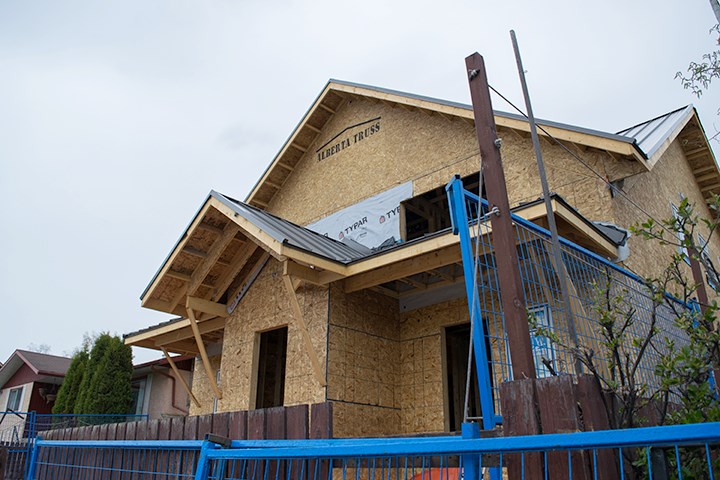
Craig Gilbert | [email protected]
Jasper politicians look forward to a consultant’s report finally coming in this week.
In his annual State of the Municipality address to members of the Jasper Park Chamber of Commerce gathered at Cassio’s on May 8, Mayor Richard Ireland said a report on the housing outlook in the townsite would be included in the agenda for the May 15 council meeting, which would be released to the public on Friday.
Those are literally all the details that were ready for sharing as press deadline loomed during a made-up increment of time seasoned community newspaper folk call either AfterToo or PreWed, depending.
Ireland said the report’s completion represents a “significant step in the Jasper Community Housing Corporation’s attempt to address our perennial housing issue.”
He said the impending release of land parcel GB at the southwest corner of Pine Avenue and Connaught Drive by Parks Canada would pave the way for the private sector to alleviate some of that pressure as well.
And before you ask, parcel GB has not and will not be home to a Ghostbusters detachment.
Ireland touched on a number of hot topics for the town in his 30-or-so-minute speech, including the Transportation Master Plan council received earlier that very day from another consultant (see related story pg. 5).
The TMP suggested among other things commissioning a series of other studies. Stop us if you’ve heard this one.
Among them was a study on parking. Charging for parking in the core was suggested as a method to alleviate pressure in the commercial district.
“It’s an option,” he said. “It’s not a new one. (We’re) continuing the pursuit of all revenue sources.”
But there could be unintended consequences, like driving parking from the business district to residential streets where there’s no time limit or charge. Painting parking stalls on Connaught Drive was also floated.
Speaking of revenue, he mentioned that the municipality continues to shell out to support infrastructure that hosts upwards of 30,000 visitors every day during peak season with no recompense from the federal government.
“Eight per cent of taxes collected go directly to the federal government for land rent and planning,” he said.
But nothing comes back to the town, not even a slice of the park’s gate fees.
“We’ll continue to challenge the equity of the current distribution system.”



